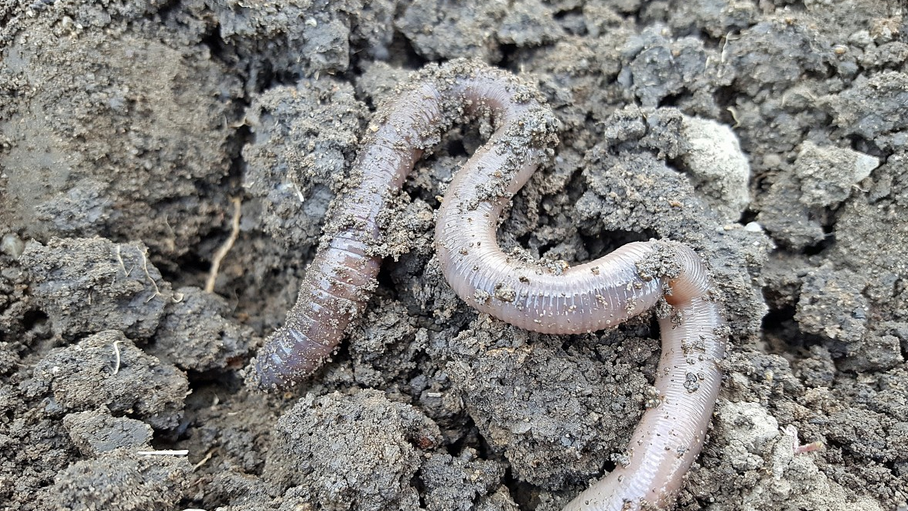
Worm Life Cycle
Summary:
Driving Question: How does a worm grow and change during its life?
Our worms are like us. They grow and change throughout their life. A worm’s life cycle is one of the simplest and most engaging in the garden. For this reason we always start the Life Cycle Unit with worms. The investigation ties together proper trowel use, respecting our animals, and observations.
Though a worm’s life cycle is not as clearly defined as a butterfly’s we classify 4 stages of its life from egg to baby to “teenage” to adult. Students are challenged to observe and compare worms in order to categorize them into one of these 4 stages. Keep in mind that worm eggs are very hard to find.
Since worms are abundant in all parts of the garden after learning the cycle there will be ample opportunities to revisit the concept in future garden activities.
Student Learning Goals & Objectives:
Students will be able to:
- Explain the different stages of the worm life cycle
- Identify one way we can take care of our worms
- Explain why worms are beneficial to our garden
Assessments:
Each student will sequence a series of worm images or real worms to demonstrate the cycle.
Materials & Prep:
- A worm bin
- Popsicle sticks
- Small plastic containers (1 per pair)
- Plastic lids with four compartments
- Whiteboards and Markers
- Garden Journals
Procedure Steps:
1
Lesson Intro – Engagement / Inquiry
Teacher Content: Define "Cycle" : a sequence of events that repeats itself again and again.
- Pair-Share: Our garden is full of life cycles. Can you name 3 we’ve discussed this year. Students share out.
- Sorting Game: I have cards for the butterfly and the snail life cycle, but the words and pictures are all mixed up, can you help me sort them out? I will give each person a card, if it belongs to the snail life cycle put it on that board, if it is the butterfly's life cycle, put it on this board, then let’s see if we can put them in order. (there will be a little confusion because some words and pictures are similar, that is ok, help students recognize that there are similarities in their lifecycles.)
- Explain: Today we will explore the worm's life cycle, let's take a look and see if it is similar to the butterfly andsnail’s life cycle.
- Ask what is a worm bin? Why would someone want a it?
- Model how to safely explore worms with popsicle sticks- softly, don’t poke, saw, or press down.
2
Body – Exploration
Teacher Content: Explain that today you are going to be challenged to find each stage of a worm’s life.
- Round Robin: How do you think a worm changes during its life cycle?
- Silent Hand: How will we tell the different stages apart? What do you think is different in each stage?
- Predict: Students predict the stages of a worm's life cycle and draw a picture on a whiteboard (if time permits).
- Teacher Content: Explain that there are 4 stages of the worm’s life cycle: egg, baby, juvenile, adult.
- Show them the plates/trays where they will create their cycle.
- Show them the containers of worms and model how to respectfully hunt. Ask a student to demo this. Give a container of worms to each pair with popsicle sticks and a plate/tray.
- Ask a student to demo this. Give a container of worms to each pair with popsicle sticks and a plate/tray.
- Students hunt for examples each stage of their life cycle and place them in the compartments of the plate/tray.
- Students compare their cycle with ones from other groups
- Once finished students can then draw a picture of the life cycle on their whiteboard or in their journal.
3
Closing - Final check for Understanding / Summarization:
- Draw your worm’s life cycle into the garden journal. Label each stage.
Download Lesson Materials
Vocabulary:
- Worm Bin – worm composting bin
- Cycle – a sequence of events that repeats itself again and again
- Habitat – The place where an animal or plant normally lives and grows
Contributors:
This lesson is part of the Edible Schoolyard New Orleans curriculum.




